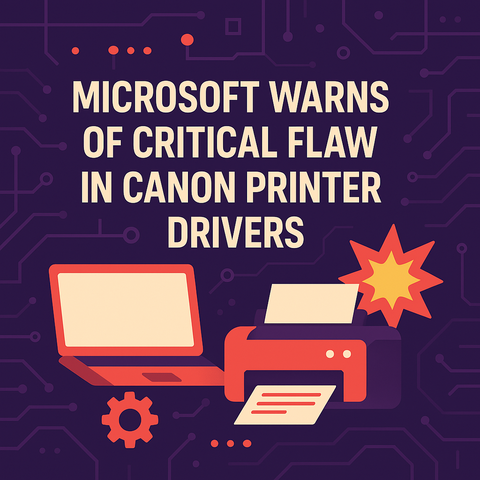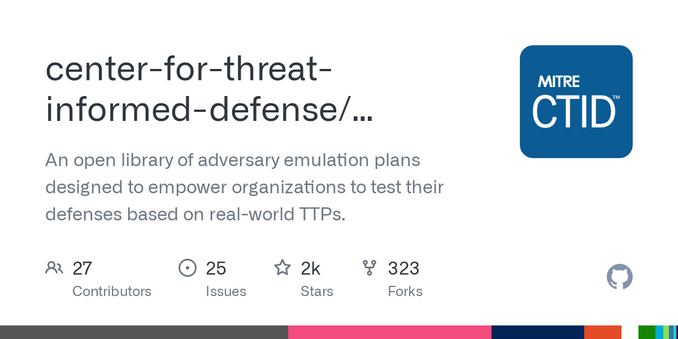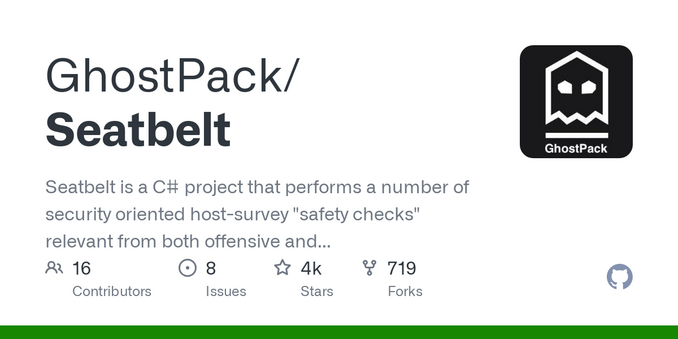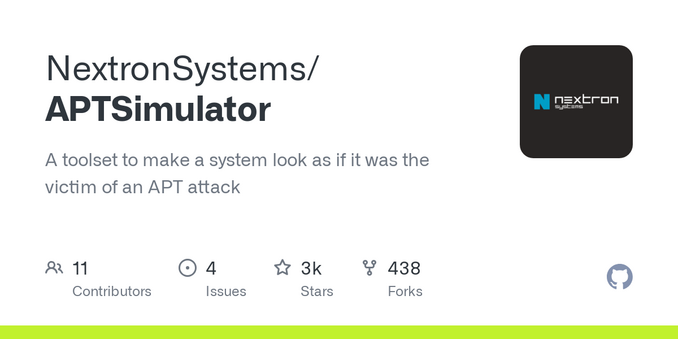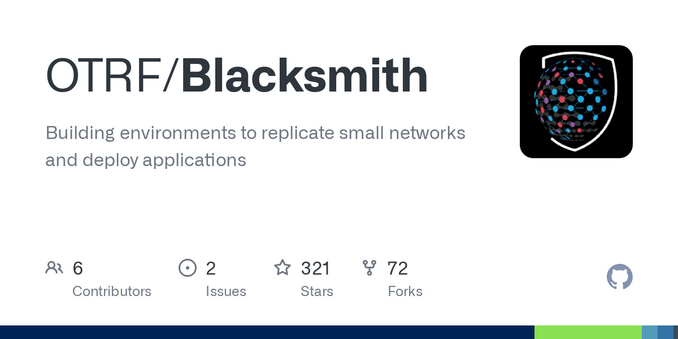How much damage can a printer driver vulnerability really cause?
A lot, if you're looking at CVE-2025-1268—a critical code execution flaw rated 9.4 on the CVSS scale, recently discovered by Microsoft’s MORSE (Offensive Research and Security Engineering) team. The bug affects a wide range of Canon printer drivers used in production printers, office multifunction devices, and smaller laser printers.
The vulnerability stems from an out-of-bounds memory issue in how certain Canon drivers handle EMF recoding—specifically in Generic Plus PCL6, UFR II, LIPS4, LIPSXL, and PS driver families. If a malicious application feeds it a crafted print job, this could lead to remote code execution or disrupt printing altogether.
What makes this more concerning is the attack surface: these printers are commonly deployed across enterprise and small business environments. If exploited, an attacker could run arbitrary code with the same privileges as the print process—often SYSTEM-level on Windows systems. That's not just a printer glitch; it's a potential network breach vector.
Canon has acknowledged the issue and plans to release updated drivers across regional websites. The company also warned about other vulnerabilities involving buffer overflows, which could allow for similar attacks or Denial-of-Service if the device is exposed directly to the Internet.
In short, unpatched printer drivers are more than an inconvenience—they're a legitimate security risk. If you're running Canon hardware, it may be time to review your driver versions and update where needed.
#Infosec #Cybersecurity #Software #Technology #News #CTF #Cybersecuritycareer #hacking #redteam #blueteam #purpleteam #tips #opensource #cloudsecurity
— P.S. Found this helpful? Tap Follow for more cybersecurity tips and insights! I share weekly content for professionals and people who want to get into cyber. Happy hacking


